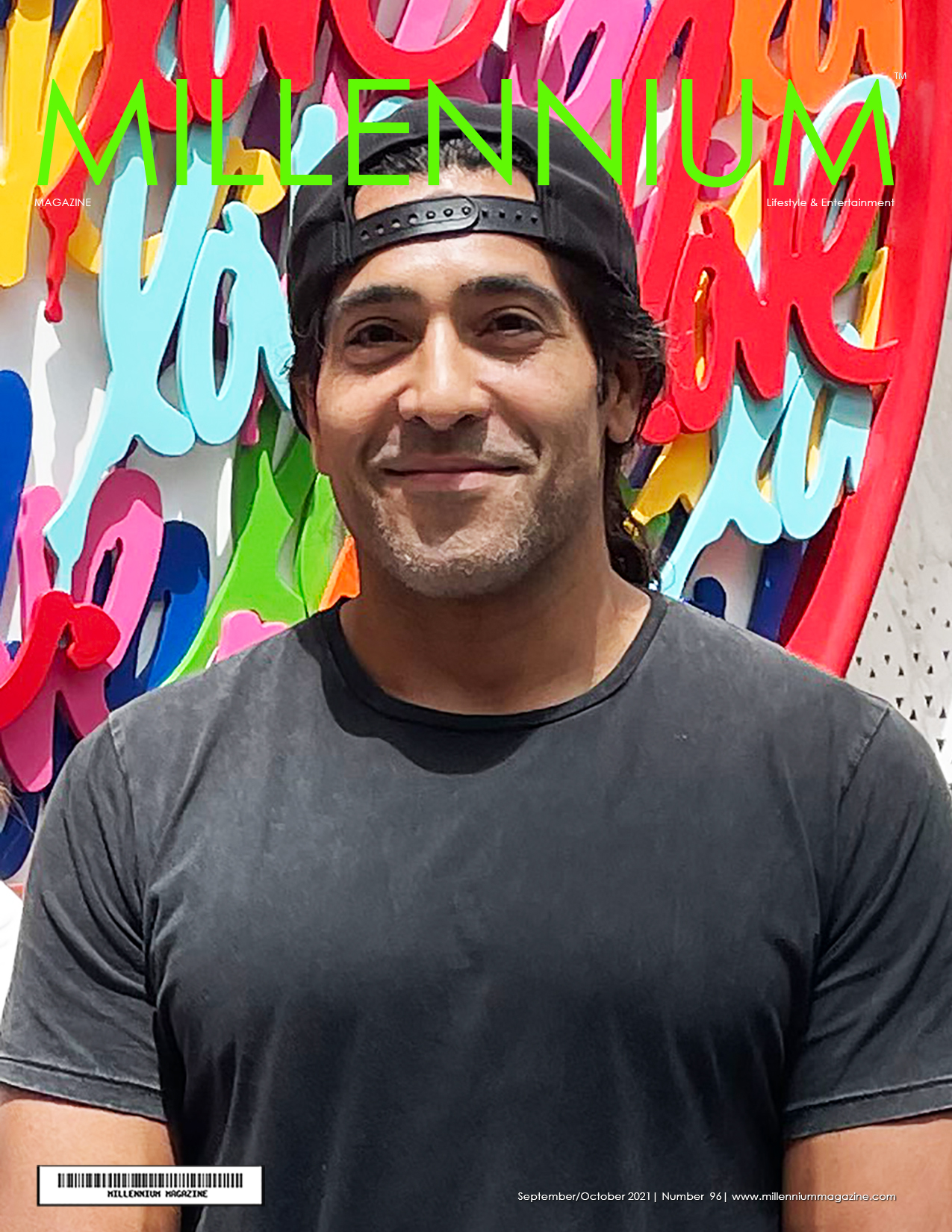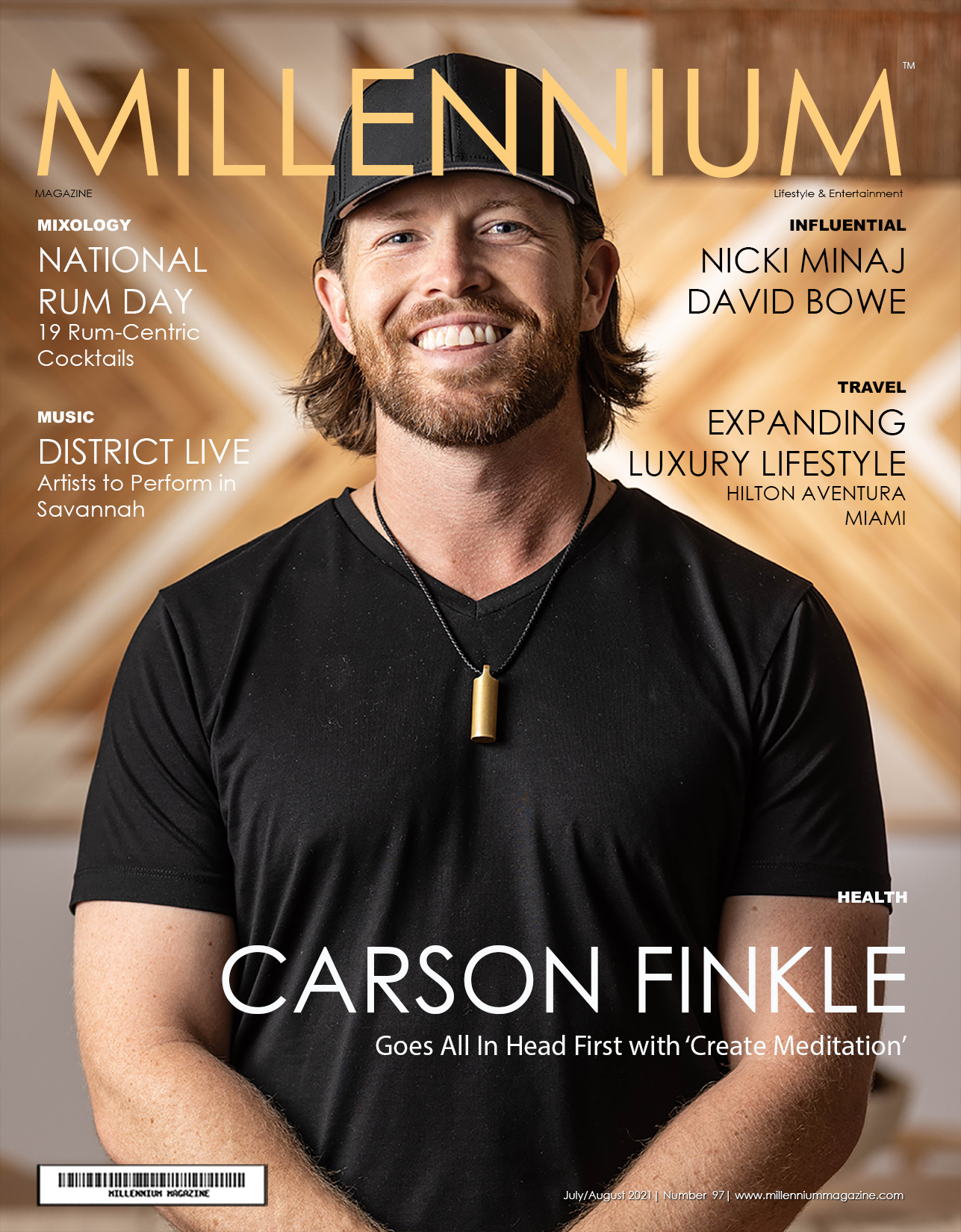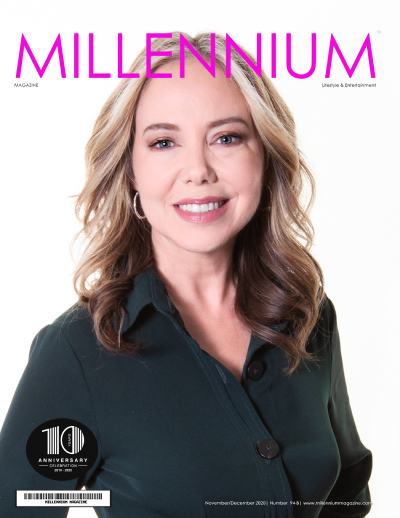By Nina Radcliff, MD
It’s a rare gift for an actor to be able to make us laugh, cry, and laugh so hard that we cry. Robin Williams touched our hearts with classic roles as Mrs. Doubtfire, Patch Adams, and Mork, to name a few. And it is no surprise that his death has brought about an outpouring of grief, while our hearts reach out to his family and we mourn the loss of one of the most beloved actors of our time. We need to have open and honest dialogue about a topic that is difficult to discuss, but too important to ignore – suicide.
Dr. Nina’s What You Need to Know About Suicide
What are the statistics? In 2010 there were over 38,000 deaths from suicide; and experts believe that due to under-reporting, this number is actually much higher. To put this in perspective, every year, death from suicide takes more lives than breast cancer, AIDS, and homicides. There are actually more people killing themselves than being killed! Another shocking fact is that more than 376,000 people every year receive treatment in the emergency room for self-inflicted injuries. Although they survived, one too many of them go on to suffer from brain damage, broken bones, organ failure, and depression.
Is there a certain age group we should be worried about? Suicide has routinely been viewed as occurring in teenagers and the elderly. However, baby boomers have shown a significant increase since the Great Recession.
What are some risk factors that make it more likely someone will consider, attempt, or die by suicide?
- Mental disorders (depression, schizophrenia, anxiety disorders)
- Substance abuse, including alcohol
- History of a traumatic event or abuse
- Previous suicide attempt or family history of suicide
- Loss of a job, money, or relationship
- Lack of social support and sense of isolation
- Exposure to others who have died by suicide, referred to as suicide contagion
What are warning signs of suicide? They differ from risk factors in that they suggest suicidal ideation or making plans to commit suicide. Take them seriously; we do not want to look back with regret. Some warning signs include: talking about wanting to die or to kill themselves; looking for a way to kill themselves (buying a gun, researching); talking about feeling hopeless, being in unbearable pain or a burden to others, or having no reason to live; increasing the use of drugs or alcohol; behaving recklessly; or withdrawing or isolating themselves.
How do I help someone I suspect is suicidal? Although difficult, it can save a person’s life. Start a conversation with something as simple as “I have been feeling concerned about you lately.” And then listen. Let your loved one express the despair or anger they are feeling. Show concern in a sympathetic, calm, and accepting manner. And offer hope. Reassure the person that help is available and that the suicidal feelings are temporary. Demonstrate that they are important to you. Experts state it’s not what you say, but how you say it and your sincerity.
Know you are there to support not solve the problem
- Enlist professional help. While we may be the ignition to get someone help, we cannot treat someone who is suicidal. If there are warning signs, encourage your loved one to see a mental health professional and consider taking them to their appointment. In the event of a crisis, call 911 or the National Suicide Prevention Lifeline (1-800-273-8255).
- Stay committed. The initiation of any treatment is just the beginning. It may take a trial of different medications to find the one that works. “Talk therapy” can take months, or even years. And there may be ups and downs (anniversaries of a death, break up, traumatic event; holidays). If your loved one starts demonstrating warning signs for suicide again, don’t ignore it. You may not get a second warning.
- Play an active roll. Your loved one may not have insight or the motivation to get them better. We often like to say “let me know if you need anything” and place the ball in their court. But when it comes to suicide, we need to be proactive.
- Holistic approach. Health involves physical, mental, spiritual, and emotional aspects. When one is off balance, it is very likely the others will also be affected. Eating healthy, exercising, sleeping, and sun exposure may help usher our loved ones down the path to getting better.
Hindsight is 20/20. After a suicide, those left behind often wonder “how could we have missed this?” It’s important that society becomes more comfortable with discussing it to remove the stigma. By learning more about the risk factors, warning signs, and how to support our loved ones, our vision can reach 20/20 – but with foresight. Doing so may save a life.
























